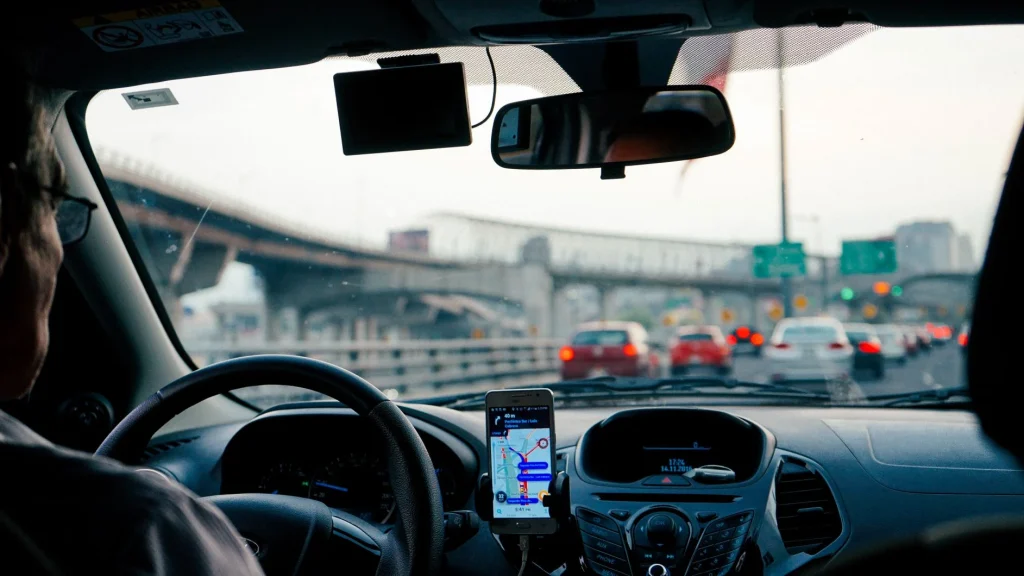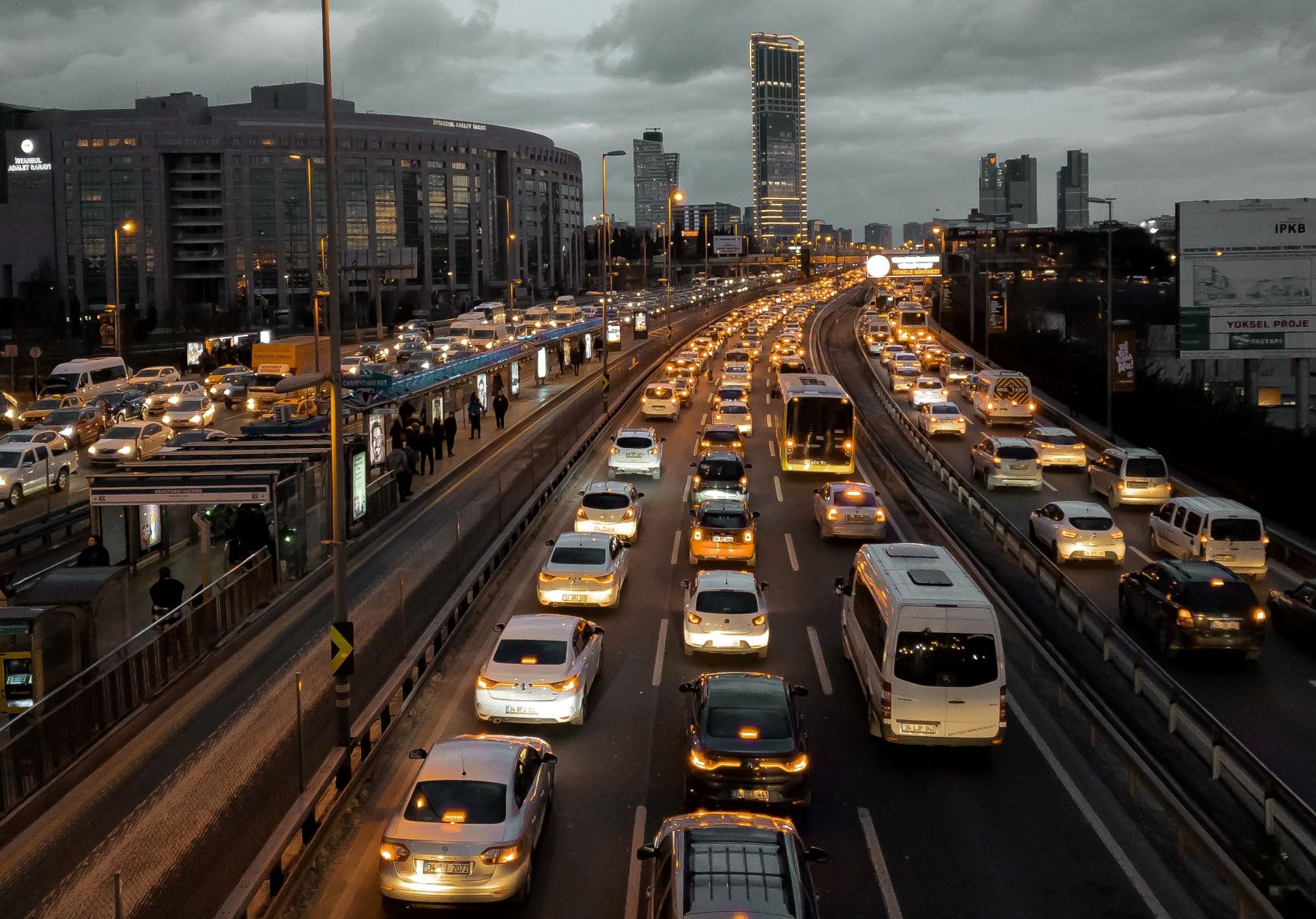Videos and pictures of the current transportation situation in the Philippines that causes such horrendous and unnecessary extra long hours in traffic, specifically the one along EDSA, have been circulating in social media ever since the new year leaving every Filipino in shock and pity for their fellow countrymen.
It is only understandable for all of us to wonder if the newly seated national administration has any plans to fix such a challenge especially when practically every Filipino, even from the farthest of provinces, tends to go to Metro Manila for many reasons–leisure (malls and concerts), or work. However, many of the country’s citizens nowadays are unfortunately avoiding the grand area of Metro Manila because of its devilish road traffic congestion when going to work or when heading home to their house and lot or condominiums. Indeed, the sacrifice of opportunity and wonderful memories just because of this prospect.

However, great news looms around the corner for Asia’s biggest competitor and deliverer when it comes to providing world-class technology and mobility has come to the Philippines’ rescue: the Land of the Rising Sun, Japan.
The coordinator and regulator of the country’s programs and projects concerning road traffic management specifically pertaining to enforcement, engineering, and education, the Metropolitan Manila Development Authority (MMDA), has been making plans with the Japan International Cooperation Agency also known as JICA, a government agency that delivers the goals of the Official Development Assistance for the government of Japan and is also in charge of assisting with policy and institutional development of developing countries will be able to accomplish economic and social growth to further promote international cooperation.
With the international cooperation agency, JICA has a vision of Inclusive and Dynamic Development, and the well-known fact that Japan is one of the most progressive countries in Asia, the Philippines is at ease and is eager to see what efficient plans they have for us when it comes to solving or least, easing our traffic problems.
The two government agencies reportedly had recently had a meeting. The Japanese representatives proposed a five-year comprehensive traffic management plan for Metro Manila to the staff of MMDA and other local government units. Details are yet to be open to the public but the Manila Development Authority (MMDA) provided a sneak peek of their plans as they stated,
“Short-term and long-term strategies and interventions to manage congestion problems, particularly at priority traffic bottlenecks” were formulated during this secretive but productive meeting.
Romando Artes, the head of the powerful government agency that oversees traffic management in the country, said during an interview that in order to ensure the execution of the suggested proposal of JICA, “the MMDA, in its capacity, will carry out its commitments to the strategies and projects in the action plan.”
“We are also currently implementing several recommendations from the action plan through the agency’s mandates and have produced significant improvements,” he further explained.

Artes called for unity and encouraged other local government units to put the utmost effort into applying and mixing the proposed ideas with theirs in order for the Philippines to ease traffic congestion in the National Capital Region and address traffic gridlock.
To add to the great news, the country’s Metropolitan Manila Development Authority had also requested the Japan International Cooperation Agency for technical help in making the Intelligent Transportation System that is integrated into the technology of Japan.
A nation’s intelligent transportation system is an advanced implementation that aims to deliver services in relation to the different ways of transport and traffic management. They also work hard in order for citizens to be well-informed, more coordinated, safer, and more intelligent when it comes to using the networks of transportation.
Currently, our intelligent transportation system cannot keep up with the number of people in Metro Manila.
People squeeze into buses and the Manila Metro Rail Transit System to the point there is a well-known phrase that people say whenever they see such transportation flooded with too many people: “Uy, sardinas!”
Imagine working very hard at the office only to wait 2-3 hours in line for a bus in order to go back home. Then when a bus finally does come, it is full and people who have been waiting for long hours have to stand up during the duration of the journey to their destinations. They then come home so late that they only have a couple of hours to sleep before waking up again to go through the hectic commute again. This is the consequence of the traffic in Metro Manila.
Not to mention the even more horrific situation when MRT breaks down. This happens often, and when it does, the lines for buses go up to 5 floors up.
Japan has trains too but they do not experience such things. Additionally, they were the ones who helped the country in implementing the railway system of our country, thus it is only predictable that they will try to assist us in the betterment of the transportation they had introduced to us, among other modes of transportation.
It is also important to take note that even though Japan is known to be a small country with a small number of people compared to the Philippines’, the Nihongo country has a pretty high population density, even higher than that of the US. Yet they have been doing such a great job in managing their traffic.
According to the US Department of Transportation, the Japanese Comprehensive Automobile Traffic Control System (CACS) program from 1973 to 1979 was the first public-private partnership effort in Japan — perhaps in the world — to test in urban areas an interactive route guidance system with an in-vehicle display unit. And now that it is already 2022, we can be assured that their system worked just well. Thus, if other nations are experiencing hardship when it comes to the system of their transportation and handling traffic, it is only necessary for them to see the advice and help from those nations who have expected such a cause.
And that is now the relationship between the Philippines and Japan. Pretty soon, hopefully, Filipinos will be able to go back to their beloved house and lot or condominiums smoothly and more easily through the plans of MMDA and JICA.
Related Blog: Everything You Need To Know About The Muntinlupa-Cavite Expressway or MCX


